Last updated on 2025-08-30
A review and sample photos of the Ms-Optics (Miyazaki Optical) Proto 40mm F6.3 lens used with the LEICA M-P typ240, HASSELBLAD X2D-100C, and LUMIX GM5.
- Please see the disclaimer regarding advertising here.
- Italicized links in the text are advertisement links that take you to other sites.
Table of contents
Gallery
The following cameras were used to take the sample photos:
- Lica M-P Typ240
- HASSELBLAD X2D
- PANASONIC LUMIX-GM5
Review
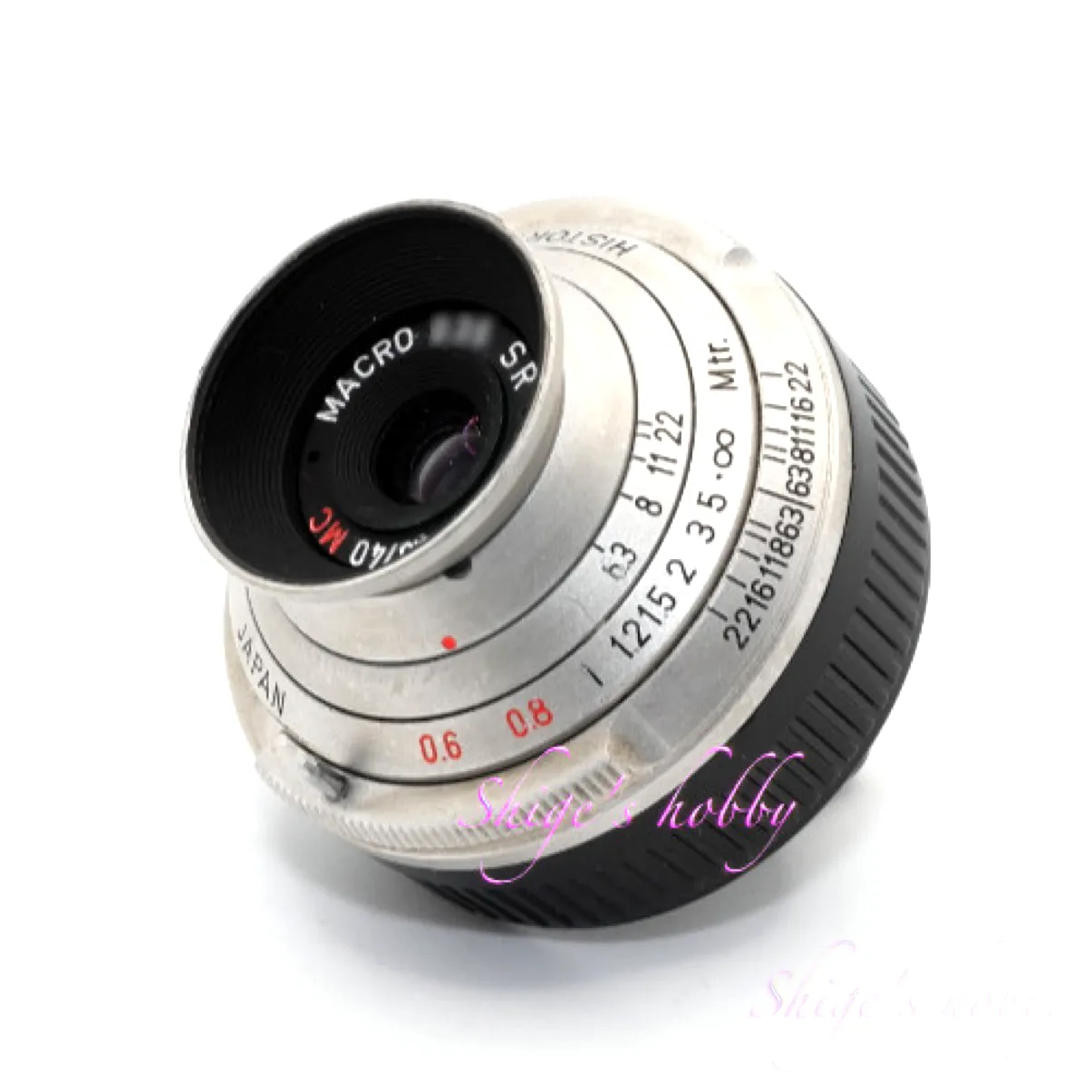
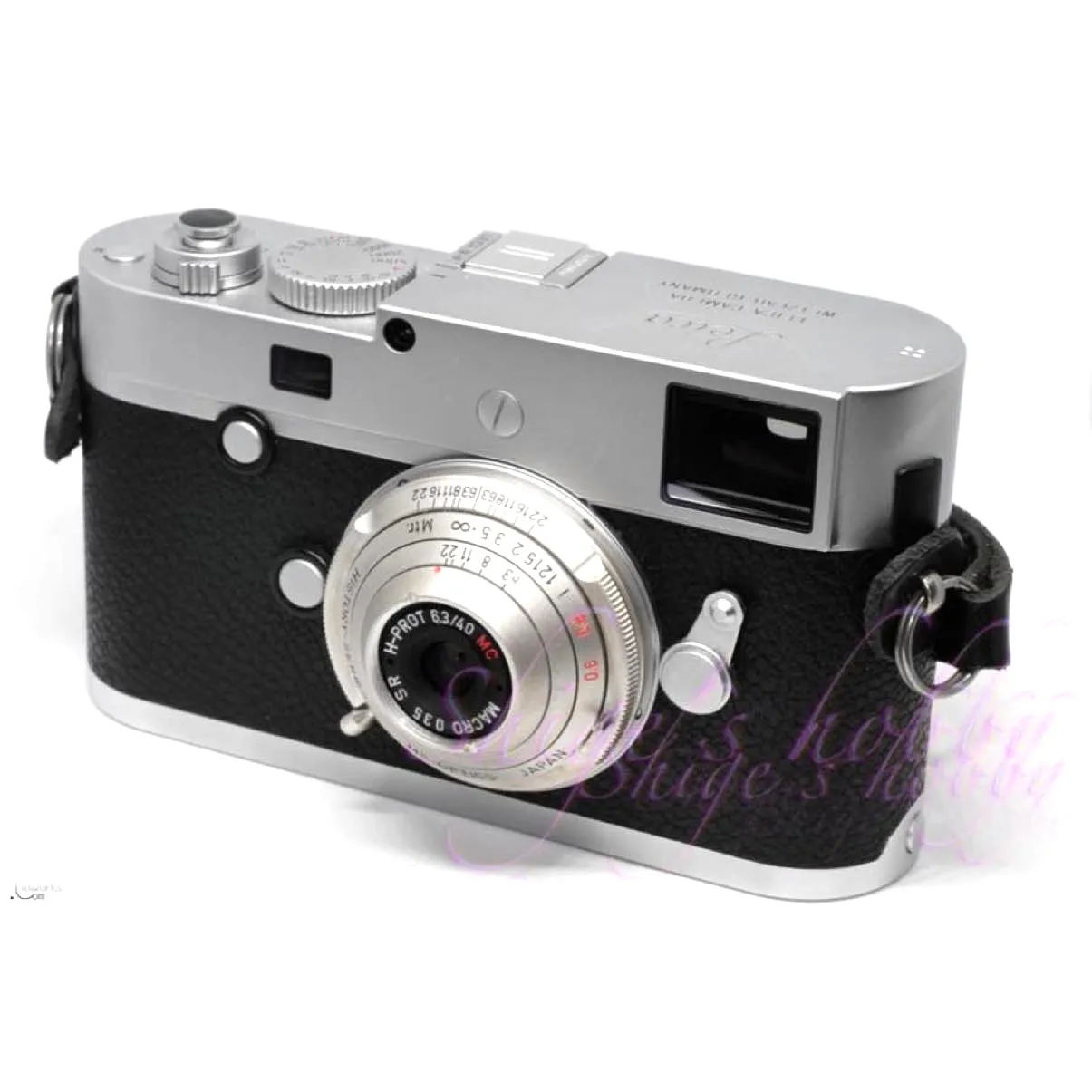
1.Overview
The MS-H-PROT 40mm f/6.3 is a 40mm focal length lens from MS-Optics (Miyazaki Optical) that pays homage to the PROTAR lens and is compatible with Leica M-series rangefinders.
The PROTAR lens is a two-group, four-element lens invented by Paul Rudolph, who worked for the German camera manufacturer Carl Zeiss.
The “H” in the lens name “H-PROT” stands for “History,” signifying this lens’s historic series of MS-Optics lenses, and this is the first in the series.
The main specifications are listed below, with detailed specifications listed in the table.
- Lens Construction: Symmetrical, two groups, four elements
- Minimum Focus Distance: 0.3m
- Range Compatible with Leica M-series lenses: 0.85m
- Aperture Value: f/6.3-16
- Lens Length: 22mm
- Maximum Lens Diameter: 50mm
- Weight: 47g
2.Usability
The MS-H-PROT 40mm f/6.3 lens delivers clear, sharp images thanks to its limited number of glass elements (four elements in two groups), while its slow f/6.3 aperture provides stable rendering even at wide open apertures. However, in backlit situations, noticeable ghosting or flare can be observed, resulting in a drop in contrast.
Lens distortion is low at +0.2%, and although there is no distance scale, it offers excellent close-up shooting performance, reaching distances of up to 0.3m.
In addition to standard snapshots, it can also be used as a macro lens for product photography. This compact, easy-to-handle lens is versatile, covering everything from landscapes to close-ups.
The minimum focusing distance is 0.3m, and the helicoid rotates approximately 120 degrees. It is compatible with the Leica M-series rangefinder up to 0.85m. Apertures range from f/6.3 to f/16 without clip stops.
When mounted on the Panasonic Lumix GM5 Micro Four Thirds camera, this lens functions as a macro lens with a 35mm equivalent focal length of 80mm. Close-up shots using the central focal point are particularly well-suited for cutting out subjects.
With this lens’s maximum aperture of f/6.3, in the days of film cameras, even with ISO 400 or ISO 800 film, you’d only want to use it outdoors during the day. In the age of mirrorless and digital cameras, it’s easy to increase the camera’s ISO sensitivity, allowing you to use it in low-light situations without hesitation. It’s a good thing we live in these days. One drawback of digital cameras is that at apertures around f/6.3, dirt on the sensor surface will show up in the image, so it’s important to keep the sensor surface clean.
According to Mr. Miyazaki, the glass used is no longer in production, so he planned the PROT 40mm and DAGONAR 40mm as lenses that could be made from stock glass.
When used with the HASSELBLAD X2D-100C via an X-M mount adapter, the focal length is equivalent to 32mm in 35mm format. Compared to the 44 x 33mm sensor used in medium format digital cameras, the image results showed only slightly noticeable vignetting, while peripheral resolution was well within a practical range, confirming the lens’s wide image circle.
The X2D does not have a mechanical shutter on the body, so it uses a sensor shutter.
Sensor shutters can cause rolling distortion when photographing moving subjects, so the FUJIFILM GFX series, which have their own mechanical shutters, are more practical.
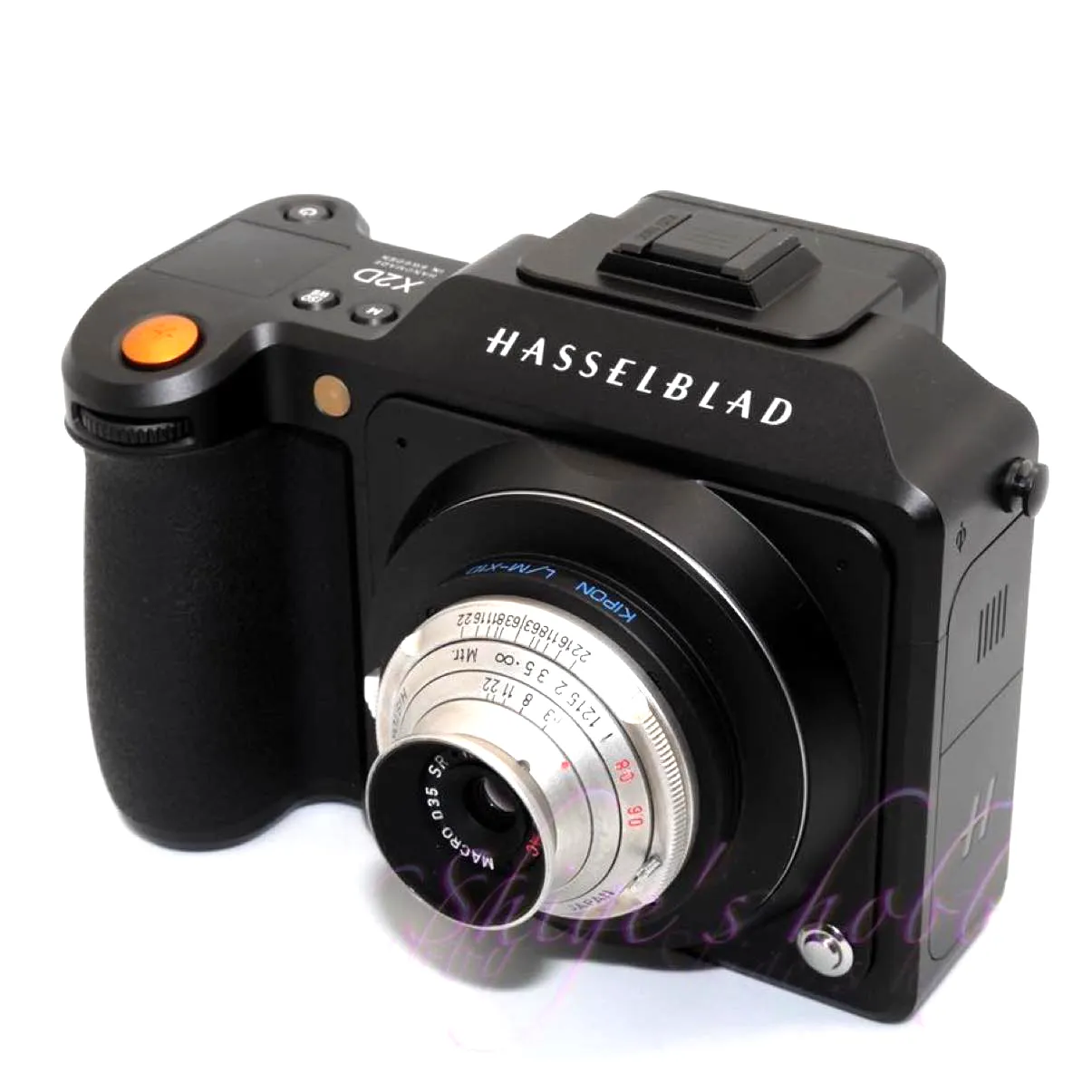
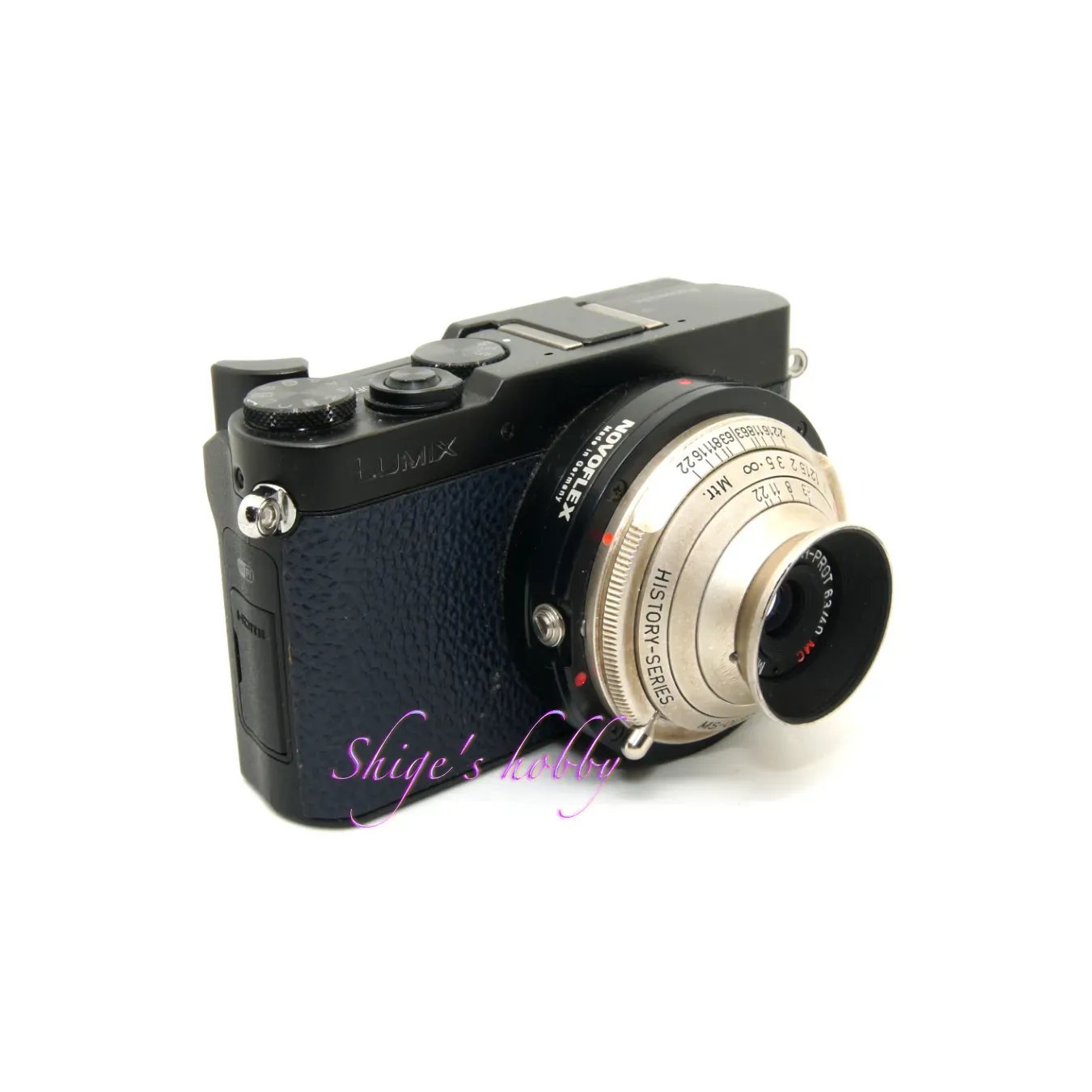
3.Summary
In conclusion, to sum up the MS-H-PROT 40mm F6.3 is a compact 40mm focal length lens made up of 4 elements in 2 groups.
It has a wide image circle that easily covers a 35mm full-frame sensor.
Because the lens construction is simple, you can’t expect great depiction at the edges, but that requires some imagination on the part of the photographer to make up for that.
Specifications, considerations, etc.
Comparing the two lenses, when photographing the exact same subject at the same distance, the Ms-H-PROT 40mm F6.3 has slightly lower resolution and slightly inferior aberration correction than the Ms-H-DAGONAR 40mm F6.
When photographing the same subject with the camera fixed to a tripod and only the lens changed, the Ms-H-PROT 40mm F6.3 revealed a slightly wider shooting range.
This is thought to be due to differences in design specifications resulting from the difference in lens configuration: two groups, four elements versus two groups, six elements.
This is thought to be due to differences in design specifications resulting from the difference in lens configuration: two groups, four elements versus two groups, six elements.
When considering which to choose when traveling with the two, the Ms-H-PROT 40mm F6.3 is the better choice if you are looking for a more compact shooting system, while the Ms-H-PROT 40mm F6.3 is the better choice if you are looking for slightly higher performance.
Both lenses were unpopular at the time of release due to their rather awkward 40mm focal length and slow maximum aperture, and they remained unsold. However, due to the small number of units produced, fewer are available on the second-hand market, and as of 2025, prices have returned to a reasonable level.
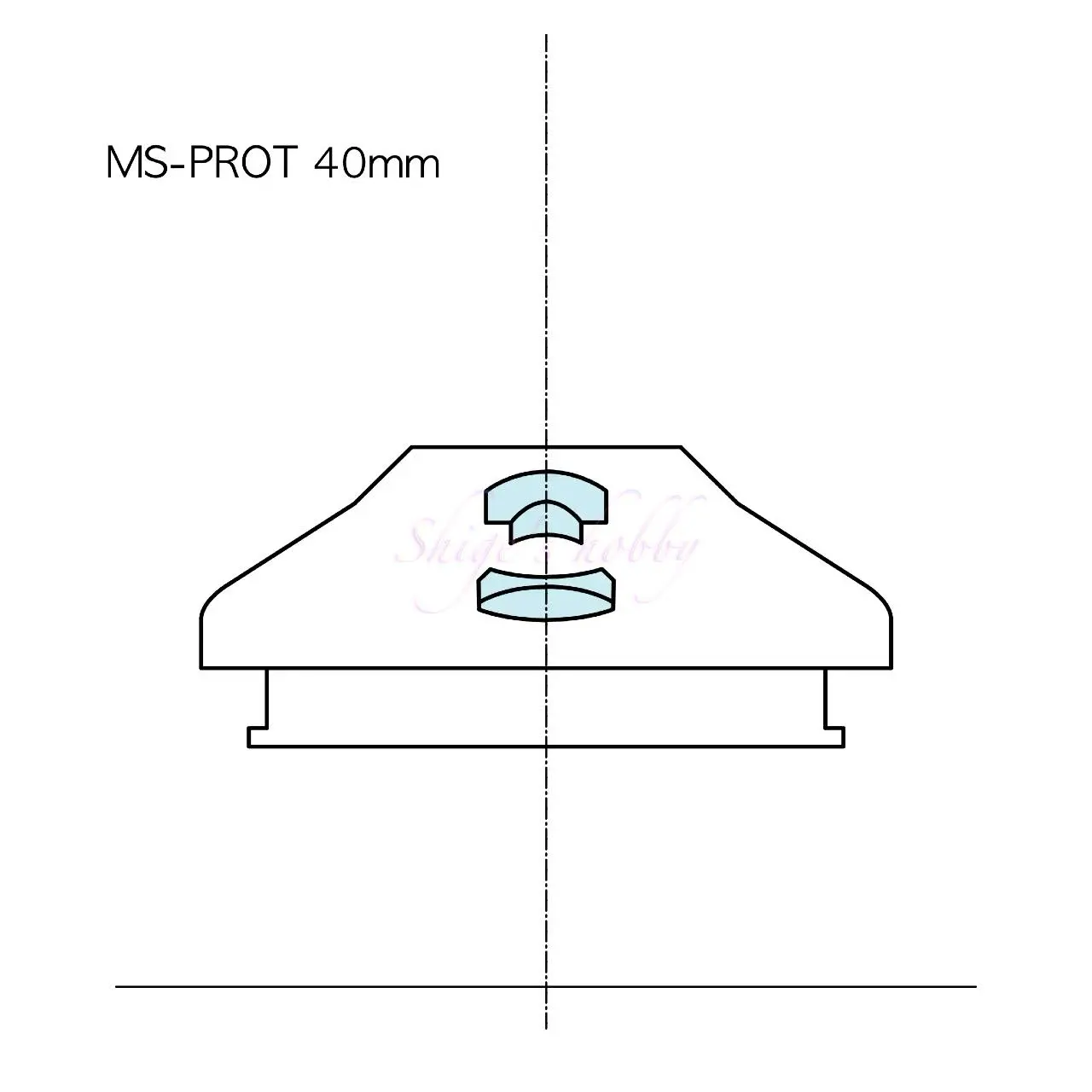
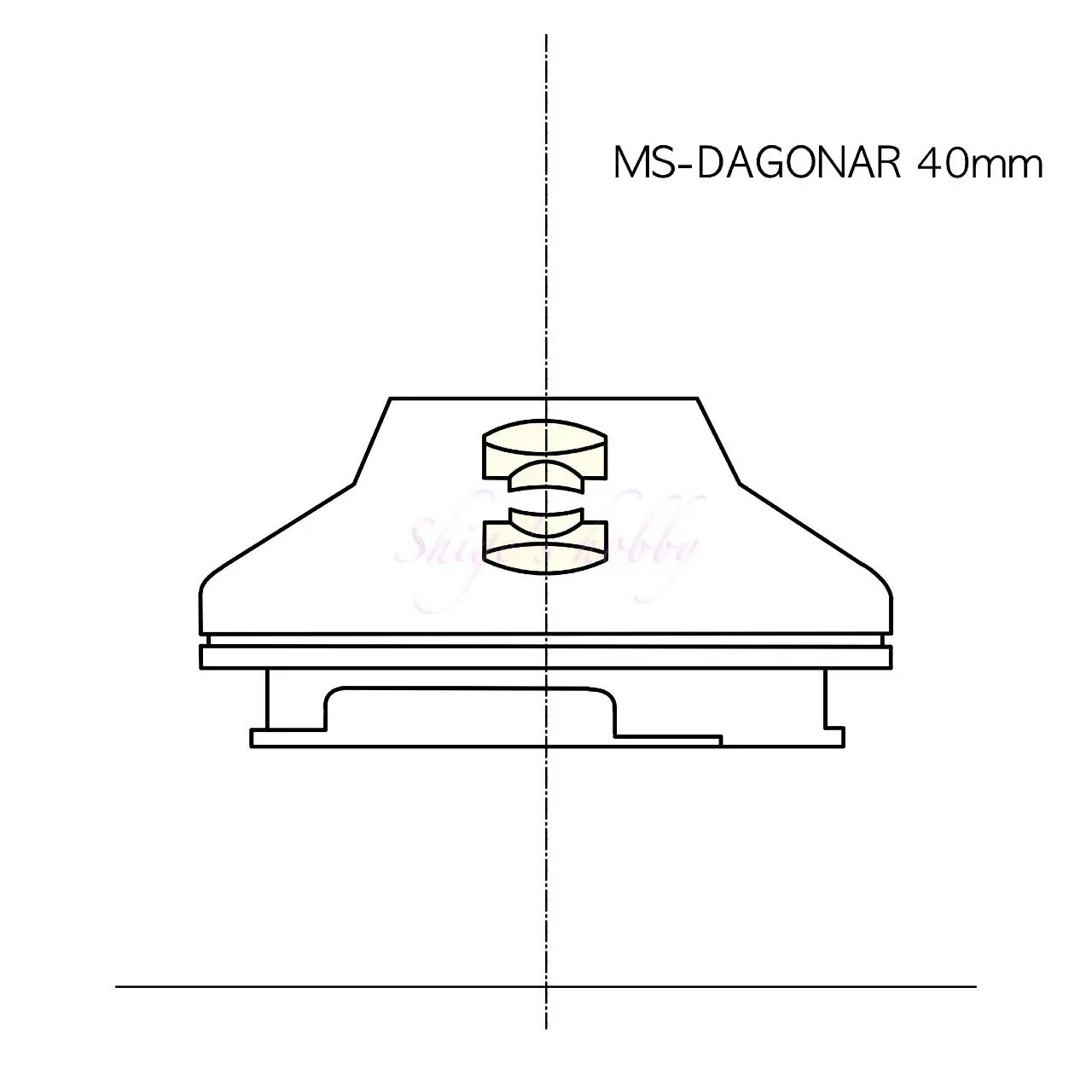
| Item | PROT | DAGONAR |
| focal length(mm) | 40 | ← |
| Maximum aperture | 6.3 | ← |
| Minimum aperture | 16 | ← |
| Lens configuration | 2groups 4elements | 2groups 6elements |
| Minimum distance(m) | 0.3 Rangefinder link is 0.85m to infinity. | ← |
| Lens length(mm) | 16.2 | 22.2 |
| Lens max diameter(mm) | 50 | ← |
| Filter diameter(mm) | 22.5 Lens tip is 28mm | ← |
| Weight(g) | 47 | 50 |
Reference links
Affiliate links

Update history
- 2024.11.18
- 2024.03.13
- 2022.12.20

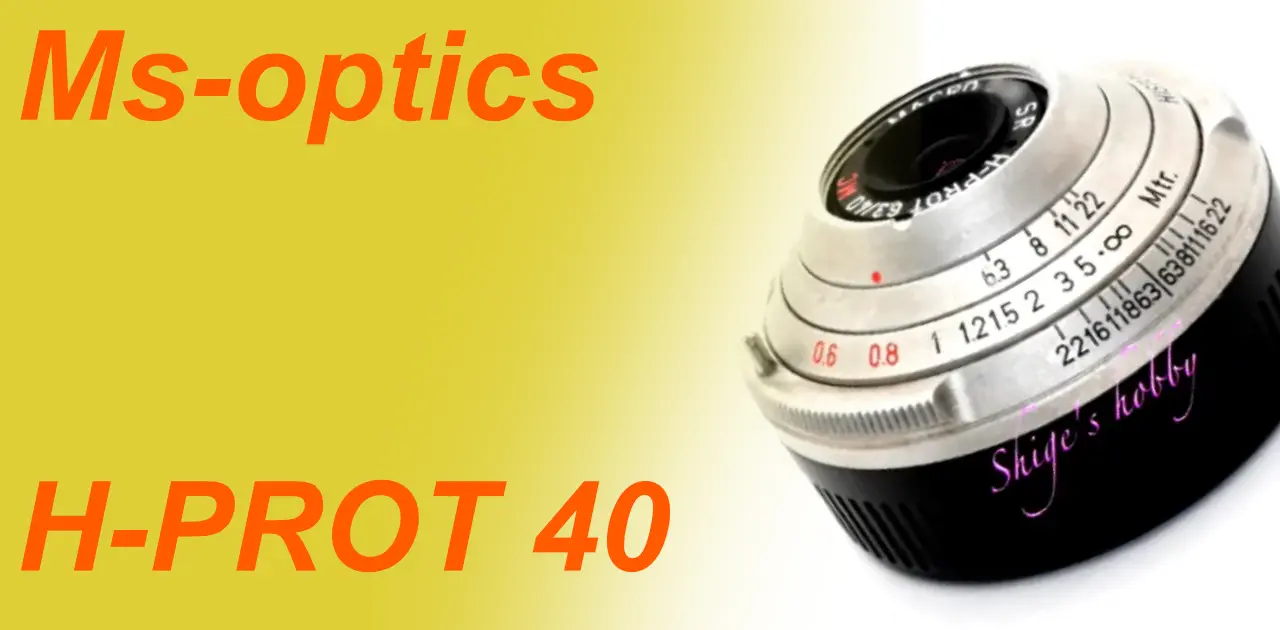

Be First to Comment